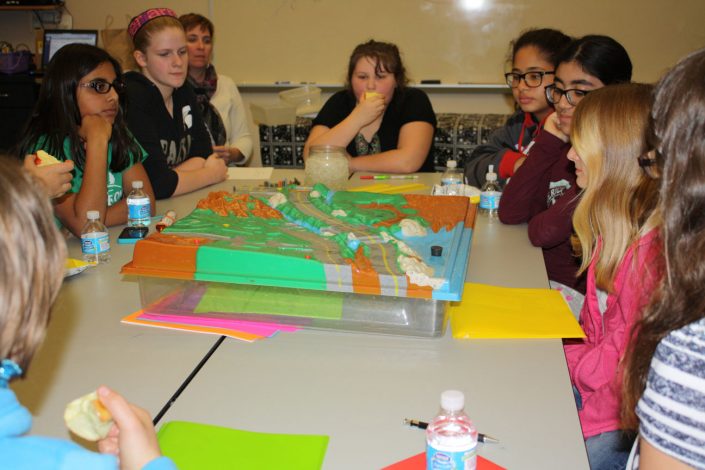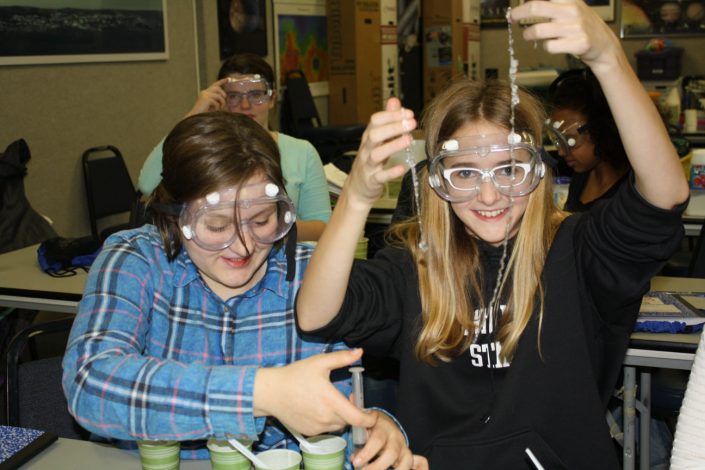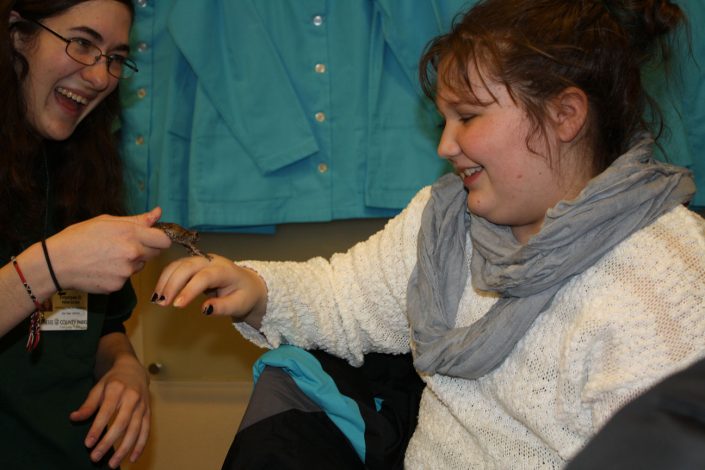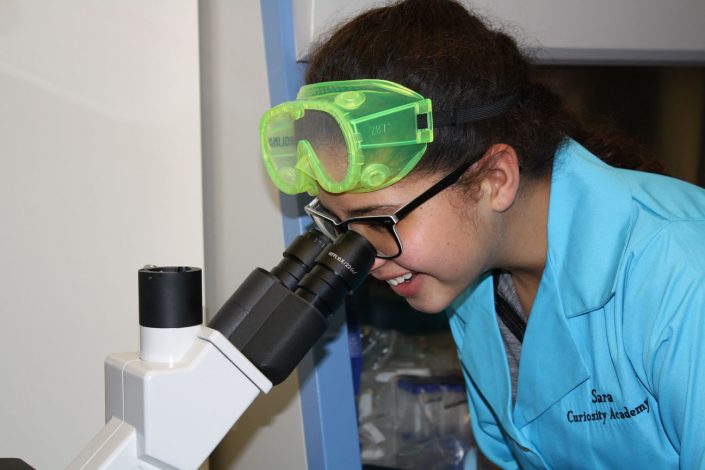Project Description
Students brought in their own shampoo bottles and investigated the commonality of the substances between shampoos. We discussed how some of the shampoos could be less environmentally friendly than others based on the order of ingredients. We collected data, discussed different graphs that can represent the data, and which type of graph is most appropriate for the type of graph selected. Students performed tests to understand the concept of solubility and analyzed the toxicity of a variety of solvents they could use in the shampoo making process. They observed the effect of surface tension in water, and the dispersive force of detergents to understand how shampoos work. They tested the toxicity of some chemicals in shampoos to determine which ones were better to use. Girls learned about variables and how to adjust them by creating edible gummy worms using sodium alginate, calcium carbonate, and flavoring. The girls were shocked by a catapult kit that Laurie brought them that said it was only for boys. This spurred the interest in catapults later in the program. Water quality testing was performed using water from multiple sources. They made conclusions about which water was the safest based on visual observations and pH.
What We Learned
How things get into the environment, how to learn about what is good and bad for the environment, how to collect and represent data, how scientists research the information pertinent to their experiments, how to interpret sources to determine whether or not they are reliable, the differences between fact and opinion, variables and how to adjust them, how to make measurements, the pH scale, how to test pH, polarity, solubility, and water quality indicator species.
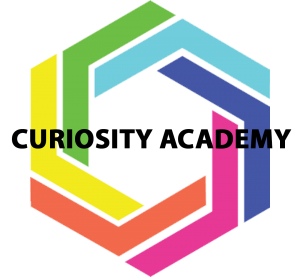
![IMG_0174[1]](https://blogs.umflint.edu/curiosityacademy/wp-content/uploads/sites/35/2018/06/IMG_01741-705x470.jpg)
